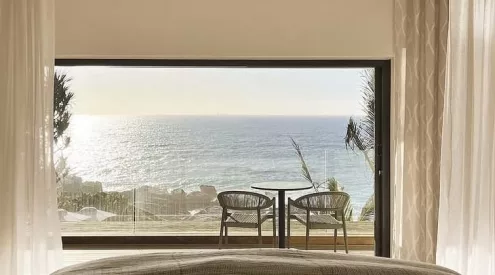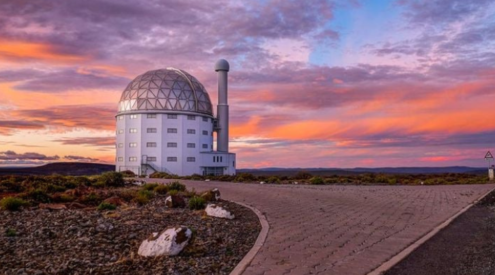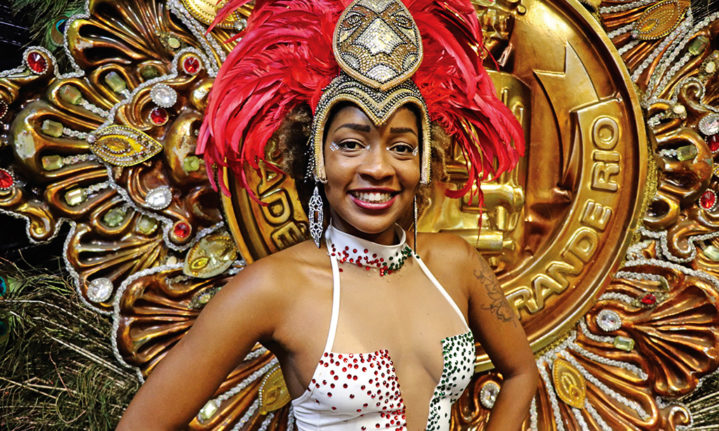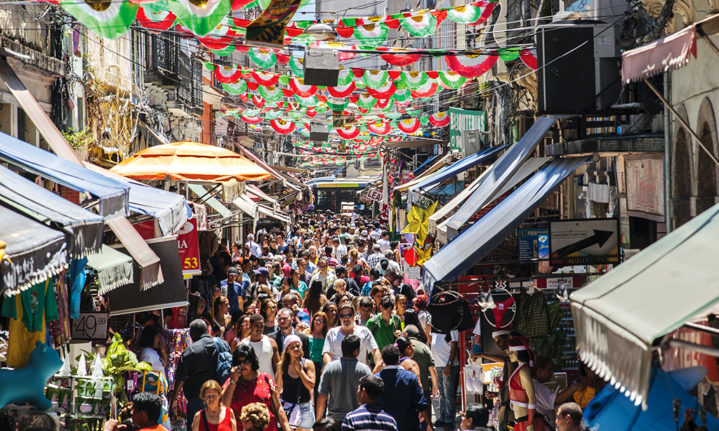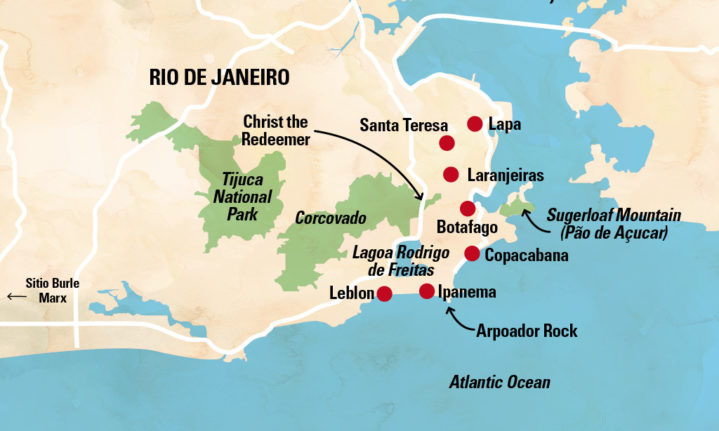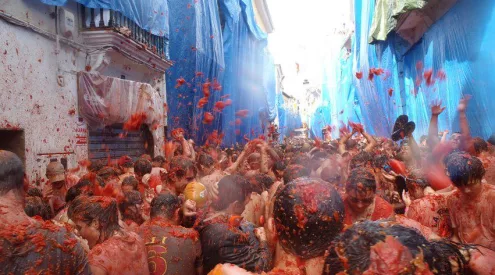You look like a Brazilian, except for the eyes. Your eyes are Thai? Right. And you? Your eyes are round, like a Mexican.’ Chef Simone Almeida’s genetic guesswork is as spot on as her caipirinha cocktail recipe. In between instructions during our cooking class – no pith, no pounding, white sugar, one spoon when the cachaça (cane spirit) is this good – she talks about Brazil.
‘This is a country which has always mingled blood lines and given every mix a name. The Portuguese slept with Amerindians to make mameluco, with the Africans to create mulatto and with the Japanese to make the nikkei. We have the highest rate of interracial marriage in the world.’ She shrugs. ‘Of course, this has influenced our cooking.’
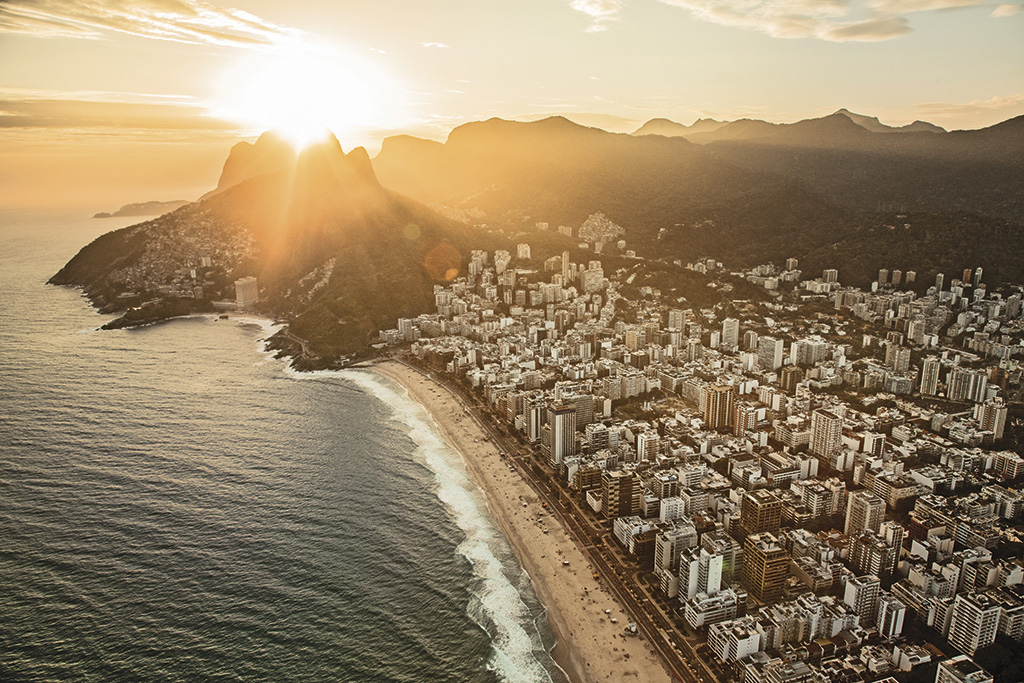
Upmarket Leblon, on the western stretch of Ipanema, is just one of many beach suburbs.
Simone starts packing out the ingredients for moqueca, Brazil’s delicious fish stew. While we obediently chop tomato, onion, red pepper, coriander and garlic, she squeezes fresh lime over thick fish fillets, then sprinkles them with cumin and pepper. ‘The tomatoes came from the Andes; the spices and coconut milk the Portuguese brought from India. But for the moqueca to taste right’ – she holds up a bottle of palm oil – ‘we add African dendê. So you see, we are eating Brazilian history here.’
It’s standard for local cuisine to reflect a country’s past – it’s why I like to join a cooking class – but as a South African, this idea of melting into each over centuries strikes a chord. It’s been 10 days since I arrived in the pitch of night, waiting for the dawn to reveal the answer to that long-held question: is Rio de Janeiro more beautiful than Cape Town?
As the light crept in from the east, illuminating the granite islets and distant crags curving into the South Atlantic, the clean, broad expanse of Copacabana beach below, I kept reaching for my camera. I would repeat this action all day. Every angle on the ‘Cidade Maravilhosa’ – the Marvellous City – a new seduction.
Of course, Cape Town and Rio share similar geographical features: perpendicular granite slopes that rise directly from the ocean, an historic heart in the embrace of a mountainous amphitheatre, suburbs fringing a protected park, craggy heights from which to view the harbour, and those picture-perfect beaches.

From surfing (Brazilian Gabriel Medina is the world champion) to beach games and skimpy bikinis, Rio embraces its beach culture year round.
With almost double the population of Cape Town (6.45 million), I imagined Rio would feel more crowded. But much like Cape Town, the city’s topography creates small pockets, distinct in personality and outlook. Lapa – part of Centro, the city’s historic heart – is the busiest nightlife district and a great budget base. Before engineers tunnelled through the mountains to provide fast access to what is known as South Zone (Copacabana, Ipanema, Leblon), Santa Teresa, on the cool slopes below Tijuca National Park, was the city’s most sought-after residential area.
Today this charming ’hood draws artists and tourists to its tiny botequim (pubs) and boho shops. Copacabana, lined with Art Deco apartment blocks and high-rise hotels, is like an upmarket Durban or Sea Point – only better, as it’s edged by an expanse of golden sand. At night it’s illuminated by beachfront quiosques (informal cafe-bars), a few of which thump ’til dawn, but nothing beats the two tiny stage-bars of Beco das Garrafas. Here, you can listen to bossa nova in the very space in which this sexy, soothing jazz genre was born.
Pretty as Copacabana is, real-estate prices shoot up as you move further west to the beach bookended by Arpoador Rock and the imposing double peak of Dois Irmãos, behind which the sun sets.
From Arpoador Rock you look across Ipanema to super-affluent Leblon – one long beach divided by Canal do Jardim de Alá, the waterway that links the South Atlantic with Rodrigo de Freitas, Rio’s large inland lagoon.
At night the houses on the slopes of Dois Irmãos glow like embers in a dying fire – Vidigal favela, enjoying some of the most stupendous views of all Rio’s suburbs. This is the other thing about Rio: how equitably the city shares her charms. Well serviced by an affordable metro and public bicycle system, locals stream to the beaches to sprawl on deckchairs under the winter sun; rich beside poor, fat next to thin, vendors weaving between them, selling skewered prawns and caipirinhas.

Even in winter, Carnival is the heart that pumps Rio’s blood.
Evening is dance time, from capoeira in well-maintained parks to alfresco street parties – none better than those held on Saturdays in Laranjeiras’s Praça São Salvador. The square hops with multi-generational Cariocas (as the people of Rio call themselves) dancing to live musicians, stopping to tenderly minister to the elderly watching in wheelchairs, or to raise small children onto the makeshift stage where they jump in time to the beat. Others bar- hop and samba in Lapa or Botafogo.
The next day it’s back to the beach, maybe cycling the beachfront lane, or around the lagoon. Or heading up into the cool canopy of Tijuca National Park, the lush rainforest draped around the granite peaks, including the one the Portuguese named Corcovado – ‘hunchback’ – from which Christ the Redeemer surveys the city. Erected in 1931, the iconic statue was funded by Catholics who feared that the separation of state and church would unleash a wave of godlessness on the city. Struggling through cellphone-toting hordes all jostling for their Instapost with Christ, arms outstretched in mock parody, one can’t help thinking those fears have been realised.
At 396 metres, Sugarloaf – the granite mound standing sentinel at the mouth of Guanabara Bay – does not offer quite the elevation of the 710-metre Corcovado, but there’s space to enjoy 360-degree views that are both spectacular and informative.
Like a 3D map, the city’s full geographical splendour is displayed: from the broad stretch of Copacabana to forested Corcovado and the sweep of Guanabara Bay, with boats like tiny toys heading out to sea.
On my last day in Rio, I returned from Santa Teresa to Ipanema Beach and marvelled again at the improbable bikinis. Rio’s women are clearly unfazed by what they see in the mirror. It’s infectious, this acceptance of all shapes, all sizes. Liberated from usual preoccupations, I strode into the ocean – a perfect 23 degrees; cool enough to offer relief but warm enough to remain in its liquid embrace.
I floated beyond the breakers, staring up at the fork-tailed frigatebirds soaring on thermals. Thoroughly seduced; thinking, maravilhosa city indeed. But is it really more beautiful than the Mother City? A beauty queen’s flaws are only revealed on close, prolonged inspection. So I’ll be back.

A sliver of the mural ‘Etnias’, spray-painted by a team headed by Eduardo Kobra to celebrate the 2016 Rio Olympics.
Plan Your Trip
Getting There
The most direct route is with TAAG Angola Airlines, from R7,479 per person return. taag.com
Need To Know
South Africans don’t need a visa. Get a local SIM loaded with data in order to use Google Maps and Google Translate – not many people speak English. If you plan your trip with Best Kept, one is included in your package. Working with Rio-based operator BIT, Best Kept specialises in bespoke holidays according to your budget and interests. bestkeptshhh.com
When To Go
Rio is a year-round destination – it’s hot and humid from November to March. Carnival (21–26 February 2020) is great fun but the city is gridlocked and prices rocket.
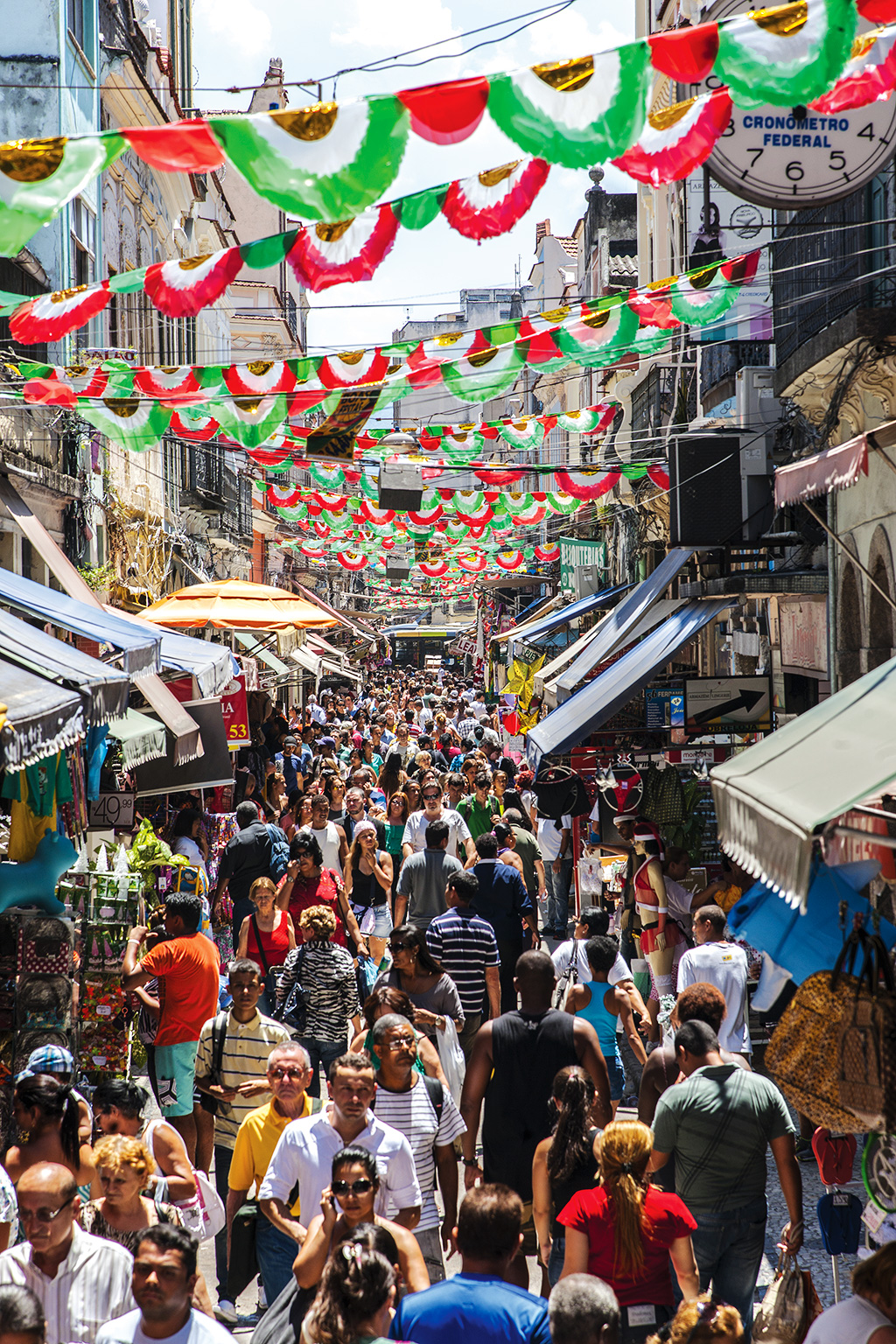
Every Saturday night Praça São Salvador in Laranjeiras turns into a fabulous alfresco street party.
Stay Here
Lapa
*Selina Lapa is in the nightlife district, walking distance to historic Santa Teresa and 25 minutes from Ipanema. It’s the best budget find in the city, with a kitchen, lounge-bar and rooftop, and neat, comfy rooms. From R392 per person sharing. selina.com
Santa Teresa
Mama Shelter is funky and the best bargain in this hilltop neighbourhood. From R696 per person B&B. mamashelter.com
Santa Teresa Hotel RJ MGallery was hands down my favourite – an elegant, tranquil, very romantic bolthole. From R1,252 per person B&B. santateresahotelrio.com
Ipanema
I loved homely little Ipanema Inn, a block from the beach with warm, quirky staff. From R830 per person sharing. ipanemainn.com
Hotel Arpoador has the best beachfront location in Rio. From R1,042 per person. hotelarpoador.com
Copacabana
Windsor’s best-value hotels are *Windsor Copa, a block from the ocean (from R526 per person sharing) and Windsor California on Avenue Atlantica (from R754 per person sharing). windsorhoteis.com
If your budget has some stretch, book Porto Bay. From R962 per person sharing. portobay.com
For a special-occasion splurge, the iconic Belmond Copacabana Palace is worth every cent. From R2,640 per person sharing. belmond.com

Getting Around
With 450km of bicycle lanes in the city and South Zone, cycling is a great way to get around. Metered taxis cruise the streets at all times – easy to hail and affordable for short hops; a tip is not expected.
Do This
Stroll through Sitio Roberto Burle Marx in Barra de Guaratiba, 35 hectares of garden named after its creator, Brazil’s famous landscape architect. Entry R140 per person. visit.rio
Browse the best Brazilian tribal art at Pé de Boi, a marvellous shop in Laranjeiras. pedeboi.com
Join a cooking class with Chef Simone in Copacabana. From R1, 065 per person. cookinrio.com
Eat Here
For a Brazilian-flavoured fine-dining splurge book at Oro in Leblon (ororestaurante.com.br), or Téreze in Santa Teresa (thefork.com.br). For the best view of the city, eat at Santa Teresa’s Aprazível (aprazivel.com.br). Capricciosa in Copacabana serves superb pizzas from R136 (capricciosa.com.br).



